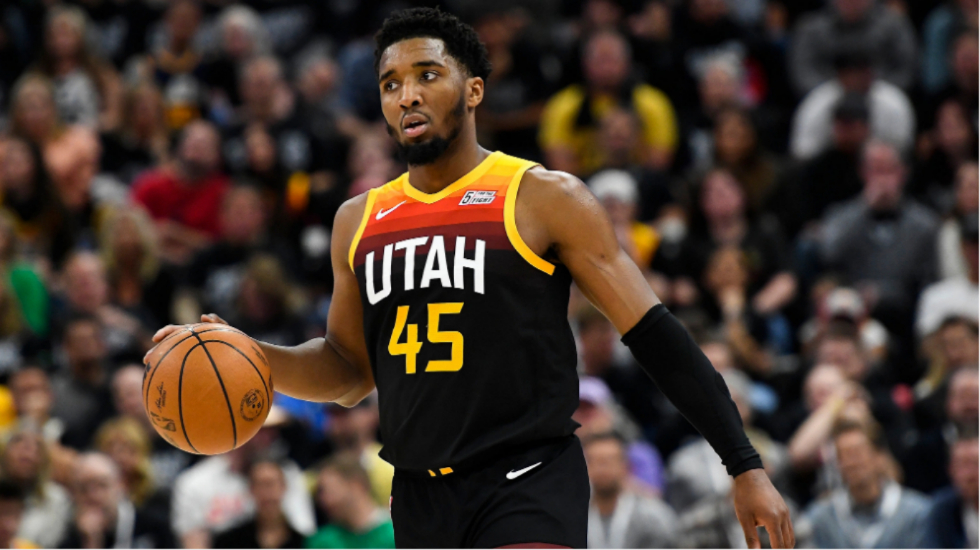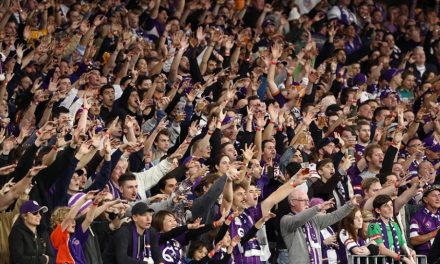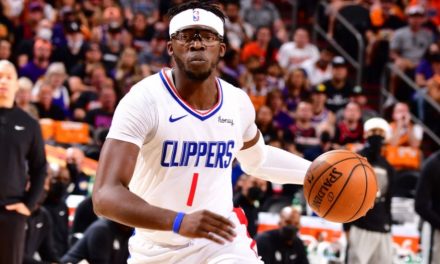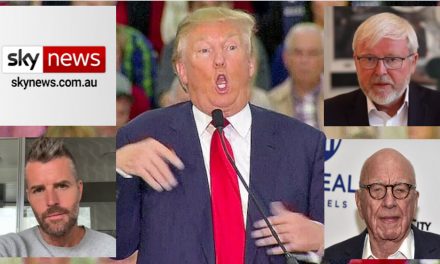Donovan Mitchell is Utah’s best player, but could he be on the way out as part of a massive trade shake-up? Photo: Getty Images.
So close, yet so far. That’s the tale of the Utah Jazz over the past few seasons.
Perennial contention, including a league-best 52-20 record in 2021, has only seen the Jazz repeatedly fall short in the furnace of playoff basketball.
After six seasons of post-season disappointment, it looks increasingly likely that this version of Jazz basketball has ran its course and the team will be broken up. The first domino – coach Quin Snyder – has already fallen.
Where do the Jazz go from here and how can this off-season kickstart their franchise reset?
The roster
It’s worth mentioning at the outset that the Jazz’s roster come opening night of the 2022-23 NBA season could look rather different to the roster as it stands at the time of writing, with both star men Rudy Gobert and Donovan Mitchell no longer off-limits in trade discussions.
As things stand, though, the Jazz have an offensive fulcrum in Mitchell, a defensive system unto himself in Gobert, and a veteran core of smart, capable support players.
What they don’t have are perhaps the two most important elements in the modern NBA: big wings and perimeter defence.
Anybody who still denies Gobert’s status as an all-world defender simply doesn’t know basketball. Gobert’s paint defence is the best in the world in two distinct ways: firstly, his ability to block and alter shots, then snaffle the rebound (a league-leading and career-high 14.7 boards per game), and secondly, the deterrence that comes with his mere presence near the hoop causes teams to completely alter their structure, eliminating attacks to the basket.
His blocked-shot numbers have dropped a little of late but that is a direct consequence of opponents no longer taking him on at the rim with anywhere near the same regularity.
Offensively, Gobert is quietly the engine that powers Utah’s whirring, cutting attack. The Frenchman’s ability to gather and dunk just about any pass near the hoop creates a gravity that is somewhat inverse-Curry-like in that Gobert doesn’t have the ball and sucks defenders inward.
That pull creates space for shooters, the subsequent closeouts initiating the Jazz’s delightful drive-and-kick game.
Mitchell is a far more traditional offensive weapon, able to light it up from deep or get to the basket with speed and agility. He has turned himself into a consistent mid-20s scorer who can light it up from all three levels and he’s also a good playmaker who has averaged over five assists a night in the last two seasons.
Around those two, Utah’s offensive support cast is strong, though their defensive personnel somewhat suboptimal.
Bojan Bogdanovic is an elite shooter (career 39.2 per cent from deep) with an underrated ability off the bounce. Defensively he’s clever and just about big enough to handle most power forwards, though even in his athletic prime struggled to stay with smaller players.
Mike Conley was a star, though has aged somewhat poorly from both a performance and availability standpoint. His numbers in 2022 were his lowest for a decade.
If the Jazz are to keep Conley, who will turn 35 just before the season kicks off, they might be wise to copy the load management plan that the late Jazz coach Jerry Sloan used on his superstar guard John Stockton, allowing the league’s all-time assist and steal leader to play effective basketball into his 40th year.
Jordan Clarkson and Royce O’Neal are perhaps low-key indicators of the Jazz’s main problems. Clarkson is an electric offensive talent, though may as well be made of smoke for all the defensive resistance he provides, while O’Neal is an offensive liability who is game but overmatched guarding larger wings on defence.
PLEASE HELP US CONTINUE TO THRIVE BY BECOMING AN OFFICIAL FOOTYOLOGY PATRON. JUST CLICK THIS LINK.
Team needs
Gobert and Mitchell are stars. Nobody denies that. They’re also far from perfect.
Mitchell came into the league with a reputation as a defensive stopper who could play a key supporting role in an offence. Whilst he’s far surpassed even the wildest expectations with ball in hand, he’s gotten progressively worse on defence to the point where he’s now somewhat of a turnstile.
Gobert’s defence is superlative and his offensive game underrated, but he’s proven unable to punish smaller defenders around the basket – or at least the Jazz are unwilling to let him do so.
It’s that one, pronounced weakness in his game that allows teams to play five-out offence, stifling Gobert’s defensive impact in the knowledge the big man won’t punish them at the other end.
The Jazz’s primary need is perimeter defence, both at guard and forward. That would both ease the burden on O’Neal and Conley, whilst giving Gobert time to recover to the rim, even against a five-out attack. How they get those types of players with trade assets that are ageing and, frankly, overpaid remains to be seen.
With Danny Ainge on board as the chief decisionmaker, you can rest assured that no stone will be left unturned.
One of those stones is surely marked ‘Trade Rudy‘.
A potential deal being reported with the Atlanta Hawks makes sense for both teams. The swap would involve a young two-way guard in Kevin Huerter, centre Clint Capela (the Jazz would be wise to ask for his younger, cheaper back-up Onyeka Okongwu instead) and John Collins, with draft compensation thrown in.
Collins’ ability to play as a smaller centre at both ends of the floor, whilst capably playing next to a traditional five man, would solve a pair of issues for Utah: he would give them a genuine two-way forward, whilst also solving the Jazz’s long and fruitless search for a mobile centre.
Of the perimeter players, Utah must decide what it wants to do with Conley. He’s clearly not the player he was when he arrived in Utah, let alone his prime, and is an expensive luxury the Jazz can’t afford, yet it might cost too much to move his negative value contract on.
Likewise, O’Neal has probably reached the end of his usefulness for the Jazz. Now aged 29, he’s on the downside athletically and hasn’t progressed a lick on offence.
The cap sheet
Including team options for Nickeil Alexander-Walker and Udoka Azubuike, as well as the non-guaranteed money that is due Bo Cruz … uh, I mean, Juancho Hernangomez, the Jazz are on the hook for $154 million for 11 players.
That’s an awful lot of moolah for a first-round exit, don’t you think?
The Jazz have a pair of free agents to think about in Eric Paschall, who was occasionally effective as a small-ball centre, and Danuel House, who would be able to replace O’Neal’s production at a fraction of the cost.
Even if the Jazz don’t bring back Paschall, House and Hernangomez, they’ll still be right around the luxury tax line with plenty of roster spots to fill.
If the Jazz do trade Gobert to the Hawks, they’ll be taking on similar money plus future rookie contracts in return – a net zero in financial terms.

Trading Conley would involve taking on money, perhaps on a longer deal. Expect the Jazz to take their medicine with the veteran guard. O’Neal will be exceedingly difficult to move with two seasons remaining on his $9 million per season deal.
Perhaps their only truly valuable trade chip outside of their star pair is Bogdanovic, who is on an expiring $19.5 million deal.
Whilst he’s 33 and on the tail end of his prime, he’s still a valuable offensive player who doesn’t kill you at the other end.
A contender will surely take a swing on him, if not in the off-season, then certainly by the trade deadline.
The net result of all of that is that the Jazz simply will not be getting players in free agency. If they want to improve the team, they’re either relying on internal growth – highly unlikely on such a veteran-laden squad – or a shake-up through trade.
The draft
The Jazz went all in when they traded for Conley. Their first-round selection (22) in this draft sits with Memphis as a part of that deal.
Their second-rounder (52) is in the hands of the New Orleans Pelicans.
To find more of Jarrod Prosser’s content visit vendettasportsmedia.com











